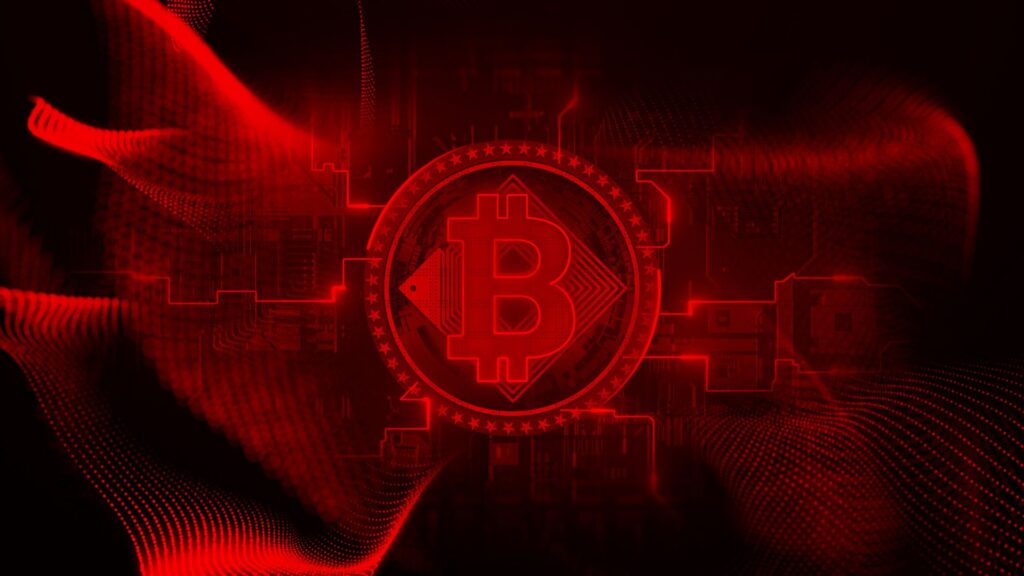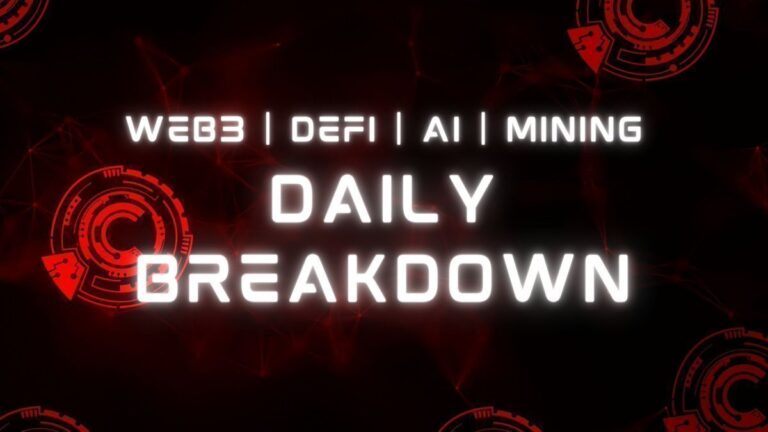
In an increasingly digital world, the concept of digital reality is gaining traction. As technology evolves, the lines between the physical and virtual realms are becoming blurred, presenting new opportunities and challenges. At the forefront of this transformation is Bitcoin, the decentralized digital currency that has captured the attention of individuals and institutions alike. In this article, we will explore the role of Bitcoin, the significance of scarcity, and the potential emergence of a virtual economy.
The Power of Bitcoin: Bridging the Physical and Digital Realities
Bitcoin, often referred to as the “time chain,” stands as a unique invention that brings physics-like consequences into the digital world. Unlike other cryptocurrencies that claim various utilities, Bitcoin’s primary use case is as a state-resistant, digital, and scarcity-driven cyber cache. Through its underlying technology, the blockchain, Bitcoin establishes a bridge between the physical and digital realities, enabling irreversible transactions and provable control over digital assets. This connection allows digital items to possess the properties of matter, creating economic scarcity and meaning in virtual worlds.
Scarcity and Control: Foundations of a Meaningful Virtual Economy
To foster engagement and investment in the virtual world, scarcity and control are essential. By leveraging Bitcoin’s time chain, virtual assets can acquire finite supply, ownership, and significance. For instance, a virtual shirt, held securely on the blockchain, gains tangible value. If the shirt is lost in a virtual battle or destroyed, it is gone forever, replicating the real-world consequences of losing a physical item. This element of risk and permanence encourages individuals to deeply engage with the virtual world, as actions and decisions hold genuine consequences.
The Intersection of Games and Digital Reality
As the virtual world expands, the potential for immersive and personalized experiences becomes apparent. Just as in Ernest Cline’s novel “Ready Player One,” virtual environments can replicate iconic movie settings, connecting individuals with their favorite characters and storylines. These experiences necessitate the integration of blockchain technology, such as the Bitcoin time chain, to establish authenticity, scarcity, and control over in-game assets. By ensuring that virtual items have real-world significance, the digital economy can thrive, providing users with a sense of ownership and value.
Bitcoin: The Base Money for the Virtual Economy
As the virtual economy evolves, Bitcoin is poised to become the primary medium of exchange between different virtual environments and games. Users can convert Bitcoin into in-game tokens, enabling them to purchase virtual goods and services within a specific context. Upon completing their engagement in one game, users can then sell their in-game tokens, convert them back to Bitcoin, and transfer the value to another virtual environment. Bitcoin’s fungibility, security, and decentralization make it the ideal base money for the virtual economy, transcending the limitations of centralized currencies and facilitating seamless transactions across different platforms.
Regulatory Considerations and the Anti-Fragility of Bitcoin
While governments and regulatory bodies have attempted to exert control over cryptocurrencies, Bitcoin’s decentralized nature and resilience have proven to be challenging to suppress. The recent example of China’s attempts to ban Bitcoin mining exemplifies this dynamic. Despite the regulatory hurdles, individuals within the country continue to find ways to mine Bitcoin, driven by the economic incentives provided by excess energy production capacity. Bitcoin’s amorphous network, comprised of distributed mining operations, resists centralized control and censorship, making it difficult for even authoritarian regimes to stifle its influence.
Embracing the Future
As the digital realm increasingly intertwines with our lives, Bitcoin and its underlying technology, the time chain, are emerging as critical components. By providing a bridge between the physical and digital worlds, Bitcoin enables the creation of scarcity, control, and authenticity in virtual environments. It catalyzes the emergence of a virtual economy where digital assets possess real-world significance and value. Despite regulatory challenges, Bitcoin’s decentralized nature and anti-fragility make it a powerful force that cannot be easily controlled or suppressed. As we embark on this transformative journey, let us embrace the potential of Bitcoin and the opportunities it presents for a more decentralized, empowering, and inclusive future.
Sources:
- Y Combinator: https://news.ycombinator.com/item?id=33065801
- UIG Studio: https://uigstudio.com/insights/metaverse-nft-virtual-economy




